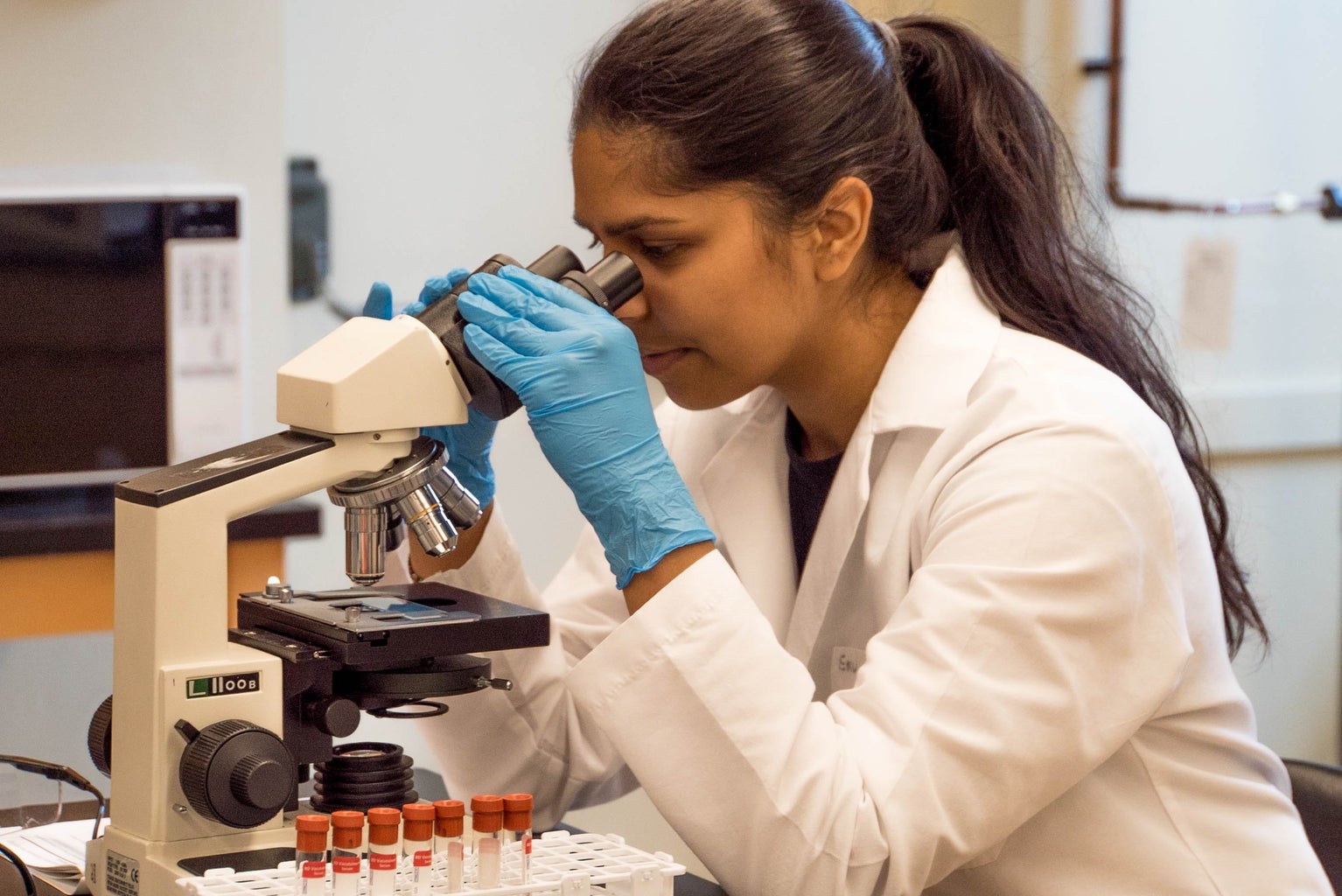The realm of Science, Technology, Engineering, and Mathematics (STEM) has been traditionally dominated by men, but while significant strides towards gender equality have been made, there remains a substantial journey ahead. In this article, I’ll be discussing the historical hurdles that women in STEM have encountered, dissecting the present-day challenges they face, and spotlighting the extraordinary achievements of women who have defied adversity to make substantial contributions to these fields.
The annals of STEM history bear testimony to the formidable barriers that women have had to surmount. Societal norms, for a considerable time, restrained their access to educational and professional opportunities. In spite of these formidable obstacles, pioneering women such as Marie Curie, the discoverer of radium and polonium, and Rosalind Franklin, a vital contributor to our understanding of DNA, blazed a trail for future generations. Their accomplishments were all the more remarkable considering the biases and prejudices they confronted.
In the contemporary era, women in STEM continue to grapple with challenges. The gender pay gap endures, with women in analogous roles earning less than their male counterparts. The underrepresentation of women in STEM careers remains a prominent issue, with their presence in the workforce in these fields still lagging. The persistence of the “leaky pipeline” phenomenon, wherein women abandon STEM careers at a disproportionately higher rate than men, exacerbates gender disparities.
Gender diversity in STEM heralds a multitude of benefits. Diverse teams tend to be more innovative as they bring a spectrum of perspectives and experiences to the problem-solving table. Research has substantiated that gender-diverse teams are prone to producing more imaginative solutions, drawing from a broader pool of skills. In an increasingly interconnected and technology-driven world, these diverse viewpoints are indispensable for grappling with intricate global challenges.
Recent years have witnessed a surge in endeavors to foster gender diversity in STEM. Organizations such as Girls Who Code and Women in Science and Engineering (WISE) furnish support, mentorship, and educational programs for women and girls with STEM interests. In addition, some nations have adopted policies to mitigate gender bias in hiring and promotion, fostering a more inclusive environment.
Inspiring narratives of female success in STEM abound. Dr. Jane Goodall’s revolutionary research in primatology reshaped our comprehension of chimpanzees and human evolution. Dr. Frances Arnold’s Nobel Prize in Chemistry, awarded for her work on directed enzyme evolution, serves as an exemplar of women’s excellence in STEM fields. Dr. Chien-Shiung Wu, known for her groundbreaking work in nuclear physics, and Dr. Barbara McClintock, renowned for her research in genetics and the discovery of transposons, are additional examples of women’s remarkable contributions to STEM. These women stand as beacons of inspiration for future generations, substantiating that women can indeed excel in STEM disciplines.
Education occupies a pivotal role in kindling girls’ enthusiasm for STEM careers. Educators and parents can confront stereotypes and biases and ensure equitable opportunities for boys and girls to explore their interests. The introduction of a gender-neutral curriculum in schools can assist in dismantling barriers at the outset of a child’s educational journey, nurturing a passion for science and technology among all students.
The future appears promising for women in STEM. Advocacy, policy modifications, and cultural transformations are gradually disassembling the barriers that have hindered women’s progress. It is reasonable to anticipate a more diverse and equitable STEM community in the coming years, heralding even more remarkable innovations and breakthroughs.
In summary, women have made exceptional contributions to STEM throughout history, notwithstanding the formidable challenges they have confronted. While the quest for complete gender equality in these fields is far from over, the headway made is undeniable. Women in STEM are reshaping our world, dismantling barriers, and inspiring future generations to follow in their footsteps. As we persist in promoting gender diversity in STEM, we draw nearer to a future where innovation transcends the confines of gender.





